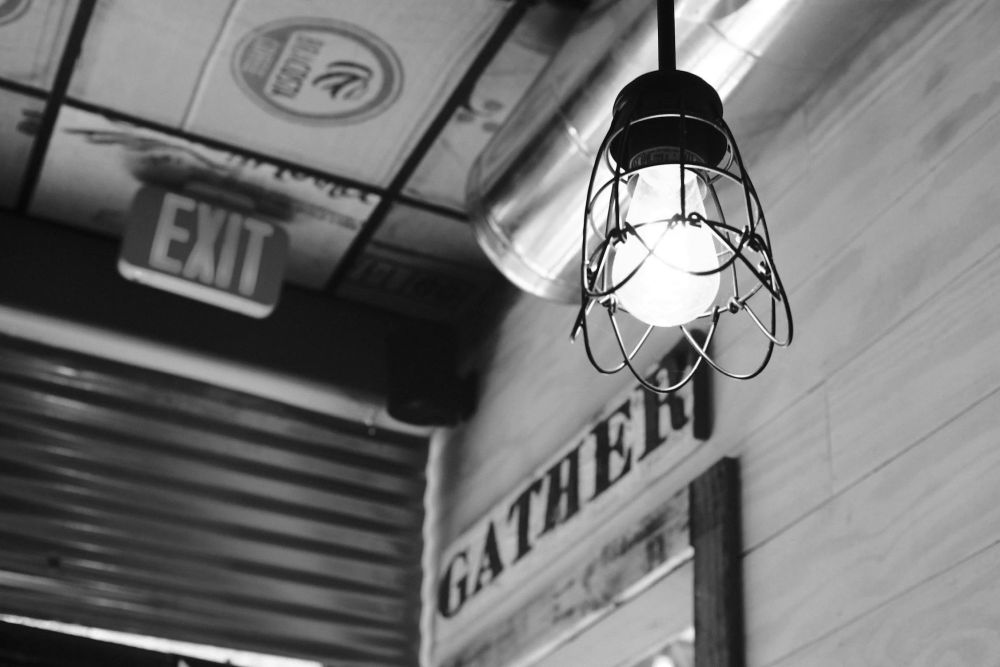Introduction
In the realm of lighting solutions, halogen bulbs have long been praised for their brightness and efficiency. However, for many consumers, their experience with halogen bulbs has been marred by two significant issues: excessive noise and premature burnout. This essay delves into the reasons behind these problems and explores potential alternatives.
The Noisy Predicament
One of the most common complaints about halogen bulbs is their propensity to emit a noticeable buzzing or humming sound when in operation. This phenomenon can be particularly bothersome in quiet environments, such as bedrooms or libraries, where the ambient noise is minimal. The incessant buzzing can disrupt concentration, hinder relaxation, and even lead to irritation and discomfort for some individuals.
The source of this noise can be attributed to the design and construction of halogen bulbs. Unlike traditional incandescent bulbs, which contain a tungsten filament housed within a vacuum-sealed glass envelope, halogen bulbs utilize a small quartz or hard glass capsule filled with halogen gas. While this design allows for greater efficiency and longevity compared to incandescent bulbs, it also introduces the potential for vibration and resonance, resulting in the characteristic buzzing noise.
Furthermore, the electrical components within the bulb, such as the filament and the connection points, can also contribute to the noise generation. Fluctuations in voltage or irregularities in the electrical current flowing through the bulb can cause the filament to vibrate, producing an audible hum.
The Short-lived Lifespan
In addition to the nuisance of noise, halogen bulbs are notorious for their relatively short lifespan. Despite their advertised longevity compared to traditional incandescent bulbs, many consumers find themselves replacing halogen bulbs far more frequently than expected. This premature burnout can be frustrating and costly, especially considering the higher upfront cost of halogen bulbs compared to their incandescent counterparts.
Several factors contribute to the shortened lifespan of halogen bulbs. One primary factor is the high operating temperature of these bulbs. Halogen bulbs operate at significantly higher temperatures than incandescent bulbs, which accelerates the evaporation of the tungsten filament. Over time, this continuous evaporation causes the filament to thin and weaken, ultimately leading to its failure.
Furthermore, halogen bulbs are highly sensitive to contaminants such as oils and dirt. Even minor deposits on the surface of the bulb or the quartz capsule can cause localized hotspots, resulting in thermal stress and eventual failure of the bulb. In environments with high levels of dust or grease, this problem can be exacerbated, further reducing the lifespan of the bulb.
Moreover, the quality of the manufacturing process and the materials used can also influence the reliability of halogen bulbs. Inferior components or manufacturing defects can compromise the integrity of the bulb, leading to premature failure.
Exploring Alternatives
Given the shortcomings of halogen bulbs, many consumers are turning to alternative lighting solutions that offer improved performance and durability. One such alternative is LED (Light Emitting Diode) lighting. LED bulbs have gained popularity in recent years due to their energy efficiency, long lifespan, and versatility.
Unlike halogen bulbs, which rely on heating a filament to produce light, LED bulbs generate light through the movement of electrons within a semiconductor material. This solid-state design not only eliminates the buzzing noise associated with halogen bulbs but also significantly reduces energy consumption and heat output. Additionally, LED bulbs have an average lifespan of up to 25,000 hours or more, far exceeding that of halogen bulbs, and require less frequent replacement.
Another alternative worth considering is compact fluorescent lamps (CFLs). While not as energy-efficient as LED bulbs, CFLs still offer significant improvements over halogen bulbs in terms of lifespan and energy consumption. CFLs operate at lower temperatures than halogen bulbs, reducing the risk of premature failure due to thermal stress. Additionally, CFLs are available in a variety of shapes and sizes, making them suitable for a wide range of applications.
Conclusion
The issues of excessive noise and premature burnout have plagued halogen bulbs for far too long, detracting from their otherwise commendable qualities. As consumers seek lighting solutions that offer reliability, efficiency, and comfort, alternatives such as LED and CFL bulbs emerge as superior choices. By embracing these alternatives, consumers can bid farewell to the buzzing disappointment of halogen bulbs and enjoy a brighter, quieter, and more sustainable future in illumination.

